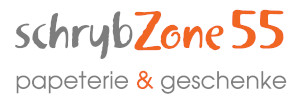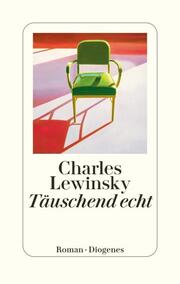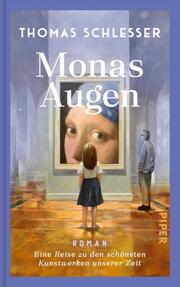Cognitive and Neuropsychological Approaches to Mental Imagery
NATO Science Series D: 42
Engelkamp, Johannes / T E Richardson, John
Erschienen am
01.12.2013, Auflage: 1. Auflage
Beschreibung
The locus of concreteness effects in memory for verbal materials has been described here in terms of the processing of shared and distinctive information. This theoretical view is consistent with a variety of findings previously taken as support for dual coding, insofar as both verbal and perceptual information may be involved in comprehending high-imagery sentences and in learning lists of concrete words. But going beyond previous accounts of imagery, this view also can provide explanations for several findings that appear contradictory to the thesis that concrete and abstract materials differ in the form of their storage in long-term memory. Although this does not rule out a role for imagery in list learning or text comprehension, it is clear that the complex processes involved in comprehension and memory for language go beyond mechanisms supplied by a theory based on the availability of modality-specific mental representations. The task now is to determine the viability of the theory in other domains. Several domains of imagery research presented at EWIC provided fertile ground for evaluating my theoretical viewpoint. Although not all provide a basis for distinguishing representational theories of imagery from the imagery as process view, there are data in several areas that are more consistent with the latter than the former. In other cases, there are at least potential sources of evidence that would allow such a distinction.
Autorenportrait
Inhaltsangabe1 Key Issues in Imagery Research.- Basic puzzles in imagery research.- A computational theory of the mental imagery medium.- 2 Imaginal Coding and the Processing of Verbal Information.- 2.1. Imagery and the Representation of Visual Information.- Reading mental images.- Mental imagery and perception: Modularity or functional equivalence ?.- Imagery and memory.- 2.2. The Processing of Lexical Information.- Stroop and priming effects in naming and categorizing tasks using words and pictures.- Alternative coding of concepts.- Images, predicates, and retrieval cues.- The importance of age of word acquisition for imageability in word processing.- Frequency, imagery value and types of features in natural categories.- 2.3. Sentence and Text Processing.- Imagery and prose processing.- Imagery and integrative processing.- Metamemory-memory connections and their development under imaginal encoding conditions.- 2.4. Discussion of Part 2.- Imagery, memory, and prose processing.- 3 Imagery Processes in Adaptive Behavior.- 3.1. Imagery Processes and Working Memory.- Imagery and working memory.- Interference effects in the visuo-spatial sketchpad.- Visual working memory in the acquisition of complex cognitive skills.- The effects of central versus peripheral distraction on visual and verbal learning.- Generating and maintaining visual images: The incidence of individual and stimulus characteristics.- Processing of order with pictures.- 3.2. Imagery Processes in Problem Solving and in the Acquisition of Motor Skills.- Mental imagery and problem solving.- Imagery as a cognitive strategy.- Mental practice: Image and mental rehearsal of motor action.- Imagery and skill acquisition.- Mediation in learning complex cyclical actions.- 3.3. Discussion of Part 3.- Empirical approaches to a functional analysis of imagery and cognition.- 4 Imagery, Action, and Emotion Imagery and the Brain.- 4.1. Imagery, Action, and Emotion.- Images and actions in verbal learning.- On the distinction of memory codes: Image versus motor encoding.- Cognitive structure in thought and personality.- Selective enhancement of imagery in anxiety.- Images in autobiographical memory.- Emotional imagery and cognitive representation of emotion: An attempt to validate Lang's bio-informational model.- 4.2. Imagery and the Brain.- Evidence for shared structures between imagery and perception.- Pattern of regional cerebral blood flow related to visual and motor imagery: Results of Emission Computerized Tomography.- Mental imagery and the effects of closed head injuries.- A comparison of four mnemonic systems with brain damaged and non brain damaged people.- Hemineglect and mental representation.- Weaknesses of imagery without visual experience: The case of the total congenital blind using imaginal mnemonics.- 4.3. Discussion of Part 4.- The functional role of imagery in cognition ?.- 5 Concluding Remarks.- European contributions to research on imagery and cognition.














